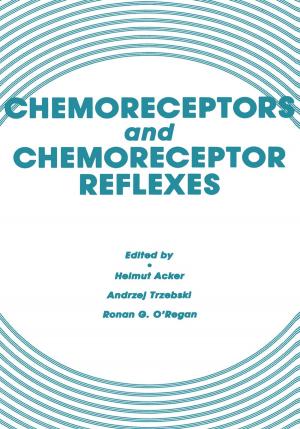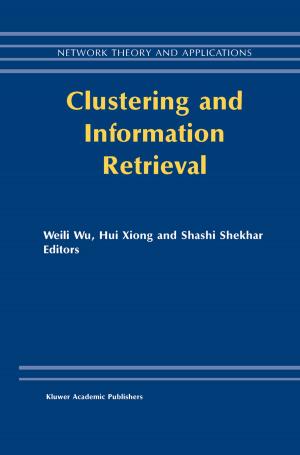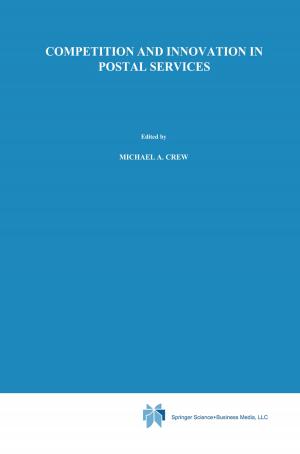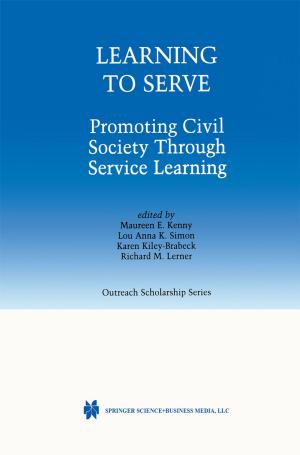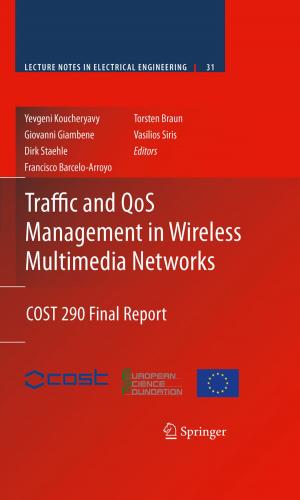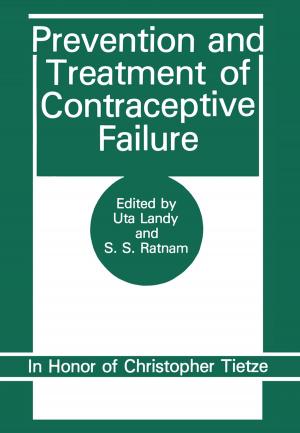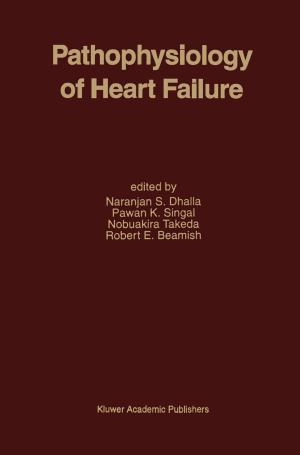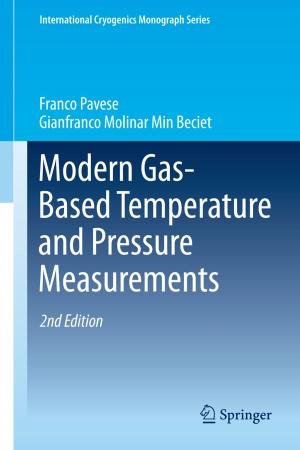Coronary flow reserve - measurement and application: Focus on transthoracic Doppler echocardiography
Nonfiction, Health & Well Being, Medical, Specialties, Radiology & Nuclear Medicine, Internal Medicine, Cardiology| Author: | Pawel Petkow-Dimitrow | ISBN: | 9781461511250 |
| Publisher: | Springer US | Publication: | December 6, 2012 |
| Imprint: | Springer | Language: | English |
| Author: | Pawel Petkow-Dimitrow |
| ISBN: | 9781461511250 |
| Publisher: | Springer US |
| Publication: | December 6, 2012 |
| Imprint: | Springer |
| Language: | English |
Coronary flow reserve is an important functional parameter to understand the pathophysiology of coronary circulation. Coronary flow reserve measurement is used to assess epicardial coronary stenoses or to examine the integrity of microvascular circulation. An appreciation of coronary physiology is an integral part of clinical decision-making for cardiologists treating patients with coronary artery disease. The pioneering research efforts of Dr Lance Gould, who explored the relationship between the anatomic severity of a stenosis and its flow resistance (59;60) , have been transferred to clinical practice (94; 194). In the absence of stenosis in epicardial coronary artery, the coronary flow reserve may be decreased when coronary microvascular circulation is compromised by arterial hypertension with or without left ventricular hypertrophy, diabetes mellitus, hypercholesterolemia, or other diseases. Several techniques have been established for measuring coronary flow reserve. However, these techniques are either invasive (intracoronary Doppler flow wire), highly expensive and scarcely available (Positron Emission Tomography - PET) or semi-invasive and causing patient discomfort (transesophageal Doppler echocardiography), thus their clinical use is limited. Because of the clinical importance of coronary flow reserve there is a need for a simple, noninvasive, repeatable and inexpensive tool capable of this functional evaluation. This monograph focuses on the assessment of coronary flow reserve using transthoracic Doppler echocardiography - the technique fulfilling the above-mentioned criteria. Transthoracic Doppler echocardiography has become a popular tool evolving from a research to diagnostic technique applied in everyday practice.
Coronary flow reserve is an important functional parameter to understand the pathophysiology of coronary circulation. Coronary flow reserve measurement is used to assess epicardial coronary stenoses or to examine the integrity of microvascular circulation. An appreciation of coronary physiology is an integral part of clinical decision-making for cardiologists treating patients with coronary artery disease. The pioneering research efforts of Dr Lance Gould, who explored the relationship between the anatomic severity of a stenosis and its flow resistance (59;60) , have been transferred to clinical practice (94; 194). In the absence of stenosis in epicardial coronary artery, the coronary flow reserve may be decreased when coronary microvascular circulation is compromised by arterial hypertension with or without left ventricular hypertrophy, diabetes mellitus, hypercholesterolemia, or other diseases. Several techniques have been established for measuring coronary flow reserve. However, these techniques are either invasive (intracoronary Doppler flow wire), highly expensive and scarcely available (Positron Emission Tomography - PET) or semi-invasive and causing patient discomfort (transesophageal Doppler echocardiography), thus their clinical use is limited. Because of the clinical importance of coronary flow reserve there is a need for a simple, noninvasive, repeatable and inexpensive tool capable of this functional evaluation. This monograph focuses on the assessment of coronary flow reserve using transthoracic Doppler echocardiography - the technique fulfilling the above-mentioned criteria. Transthoracic Doppler echocardiography has become a popular tool evolving from a research to diagnostic technique applied in everyday practice.



